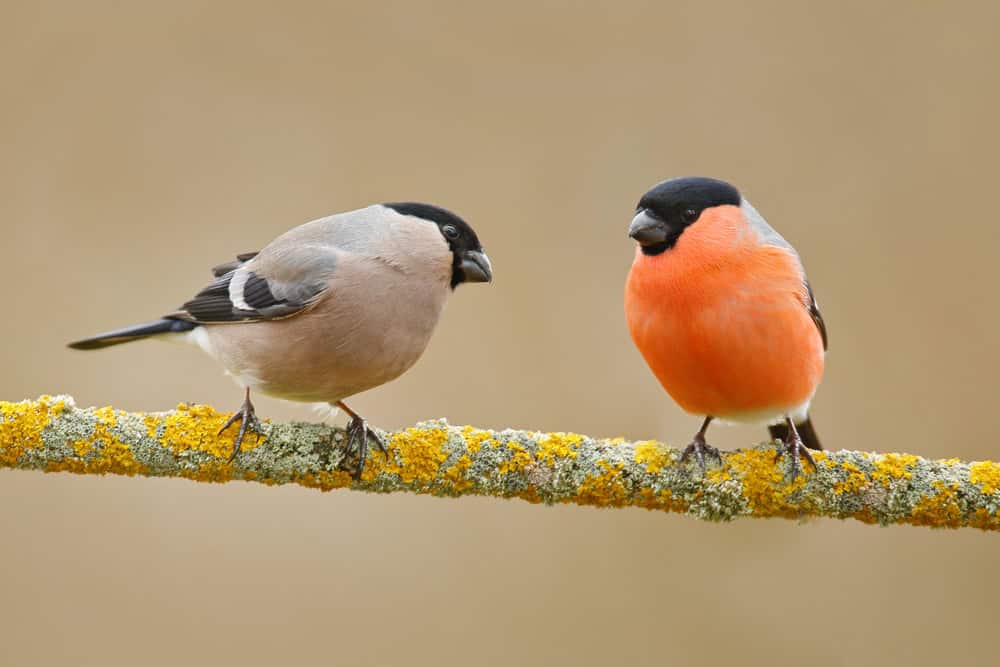Songbirds are some of the most enchanting creatures in nature, captivating us with their beautiful melodies and vibrant presence. These tiny, feathered musicians play vital roles in our ecosystems, from controlling pests to pollinating plants. Yet, despite their significance, songbirds face numerous threats that jeopardize their survival. In this article, we’ll delve into the fascinating world of songbirds, exploring their unique traits, migration patterns, and the crucial conservation efforts needed to protect them. Whether you’re a seasoned birdwatcher or just curious about these winged wonders, join us on a journey to uncover everything you need to know about songbirds. Let’s celebrate and learn how to safeguard these incredible avian artists.
What Are Songbirds?

Songbirds are a diverse group of birds known for their melodic songs. They belong to the order Passeriformes, which is the largest order of birds, encompassing over half of all bird species. These birds have a specialized voice box, called the syrinx, that allows them to produce a wide variety of sounds. The term “songbird” typically refers to birds that sing complex tunes, though not all songbirds are great singers. Their songs can serve various purposes, including attracting mates and marking territory.
The Diversity of Songbirds

Songbirds are incredibly diverse, with over 5,000 species spread across the globe. They come in many shapes, sizes, and colors, making them fascinating to bird watchers and nature enthusiasts. Some well-known songbirds include sparrows, robins, and canaries. Despite their differences, all songbirds share the common trait of producing complex vocalizations. This diversity not only adds to the richness of our natural world but also plays a crucial role in various ecosystems.
Songbirds’ Unique Syrinx

The syrinx is a unique vocal organ found only in birds, and it is especially advanced in songbirds. Located at the base of a bird’s trachea, the syrinx can produce two different sounds simultaneously. This allows songbirds to create intricate melodies that are often used for communication. The complexity of a songbird’s song can indicate its health and vitality, making it an important factor in mating. The syrinx’s ability to produce such diverse sounds is unmatched in the animal kingdom.
Songbird Migration Patterns

Many songbirds are migratory, traveling thousands of miles between breeding and wintering grounds. These migrations are often perilous journeys, requiring precise navigation and endurance. Songbirds use a combination of environmental cues, such as the sun, stars, and Earth’s magnetic field, to guide their migrations. The timing of migration is usually triggered by changes in daylight and temperature. Understanding these patterns is crucial for the conservation of these birds, as their migratory routes often face threats from habitat loss and climate change.
The Role of Songbirds in Ecosystems

Songbirds play vital roles in their ecosystems. They help control insect populations by feeding on pests, which benefits agriculture. Songbirds are also important pollinators and seed dispersers, aiding in plant reproduction and forest regeneration. Their presence indicates a healthy environment, as they are sensitive to changes in their habitats. By maintaining the balance of their ecosystems, songbirds contribute to the overall health and biodiversity of our planet.
Threats Facing Songbirds
Despite their importance, songbirds face numerous threats. Habitat loss due to deforestation and urbanization is a major concern. Pollution, pesticides, and climate change also pose significant risks to songbird populations. Predation by invasive species, such as cats, further endangers these birds. Conservation efforts are crucial to mitigate these threats and ensure the survival of songbird species.
Conservation Efforts for Songbirds
Various organizations and initiatives are dedicated to the conservation of songbirds. Efforts include habitat restoration, legal protection, and research into songbird behavior and ecology. Public awareness campaigns aim to educate people about the importance of songbirds and the challenges they face. Citizen science projects, like bird counts, help gather valuable data on songbird populations. By supporting these efforts, individuals can contribute to the preservation of songbirds.
The Beauty of Songbird Songs
One of the most enchanting aspects of songbirds is their beautiful songs. These melodies vary greatly between species, with some birds capable of mimicking other sounds. The complexity and charm of their songs have inspired music, poetry, and art throughout history. Listening to songbirds can be a calming and joyful experience, connecting people to nature. The study of these songs also provides insights into the cognitive abilities and social behaviors of birds.
Interesting Songbird Facts
Songbirds have some fascinating traits and behaviors. For instance, some species can learn and memorize hundreds of different songs. Nightingales are known for their impressive vocal range and ability to sing at night. Songbirds like the lyrebird can mimic a variety of sounds, including human-made noises. These unique abilities highlight the incredible adaptability and intelligence of songbirds.
Songbirds in Culture and History
Songbirds have held significant places in various cultures and histories. In ancient Greece, they were symbols of love and poetry, often associated with the Muses. Many cultures around the world have folklore and legends centered on songbirds. In literature, songbirds are often used as symbols of freedom and joy. Their melodious songs have made them beloved subjects in art and music.
How to Help Songbirds
There are several ways you can help protect and support songbirds. Creating a bird-friendly garden with native plants provides essential food and shelter. Avoiding the use of pesticides helps maintain a safe environment for these birds. Supporting conservation organizations through donations or volunteer work can make a big difference. Simple actions like keeping cats indoors and providing bird feeders and baths can also contribute to their well-being.
The Future of Songbirds

The future of songbirds depends on our collective efforts to protect their habitats and address environmental challenges. Continued research and monitoring are vital for understanding their needs and improving conservation strategies. Policies that promote sustainable land use and reduce pollution are crucial. Public engagement and education can drive positive changes and support for songbird conservation. By working together, we can ensure that songbirds continue to enchant and benefit our world for generations to come.
Watch and listen to the beautiful call of Songbirds
- Best spot for watching birds
- Attract colorful birds in your garden
- Watch a baby elephant play with birds
Join our Forum for free today!

- Animals Are Beating The Heat In Florida - June 25, 2024
- Watch Rare Sighting: Alberta’s White Moose - June 24, 2024
- Meet One Of The Rarest Wildcats – A Jaguarundi - June 23, 2024

